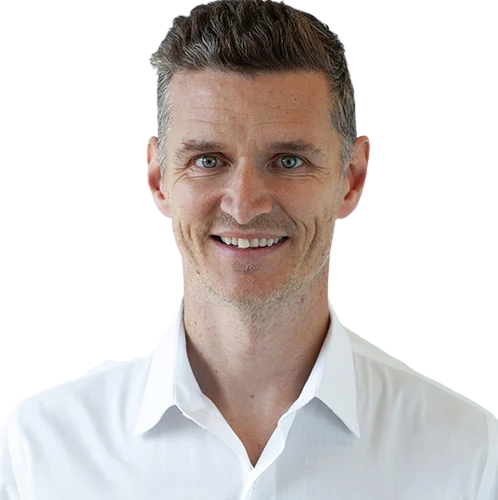Show Notes
Part 2 of 3. My guest for this week’s episode is James Evans, Founder and CEO of PhenoVista Biosciences, a contract research organization that works with biopharma clients of all sizes, from start-ups to established global companies.
Before starting PhenoVista, James spent a decade at MIT’s Whitehead Institute for Biomedical Research as a Postdoc, a Research Scientist, and finally, Director of the Bioimaging Center. Join us as we sit down with James to talk about his choice to leave MIT and the job that initiated his move to San Diego where he met his co-founder. James also offers insight into what the early days at PhenoVista were like, and how important it is to learn to tackle miscommunication early. Hear firsthand about the difficulties of running a bootstrapped business, how company growth leads to recurring issues that need solving, and how James forged a business model in the real world.
Resources & Articles
High-Content Imaging https://www.excedr.com/blog/an-introduction-to-high-content-imaging Phenotypic Screening https://en.wikipedia.org/wiki/Phenotypic_screening
Spinning Out of Academia: https://www.excedr.com/resources/how-to-spin-out-of-academia-and-into-a-startup
Creating a Budget for Your Startup (VC or Bootstrapped): https://www.excedr.com/resources/how-to-create-budget-biotech-startup
A Guide to Grant Funding: https://www.excedr.com/resources/grants-public-funding-biotech-startups
Financing Options for Your Startup: https://www.excedr.com/resources/debt-equity-options-funding-startup
How to Limit Co-Founder Disputes: https://www.excedr.com/resources/how-to-limit-co-founder-legal-disputes
How to Write a Lean Business Plan: https://www.excedr.com/resources/how-to-write-lean-business-plan
How to Bootstrap Your Biotech Startup: https://www.excedr.com/resources/how-to-bootstrap-biotech-startup
Fuji Film https://www.fujifilm.com/us/en
Organizations & People
Paul Matsudaira https://www.linkedin.com/in/paul-matsudaira/
Anthony “Tony” Essex https://www.linkedin.com/in/anthony-essex-ph-d-85671846/
Erika Martin https://www.linkedin.com/in/erika-martin-b357327/




